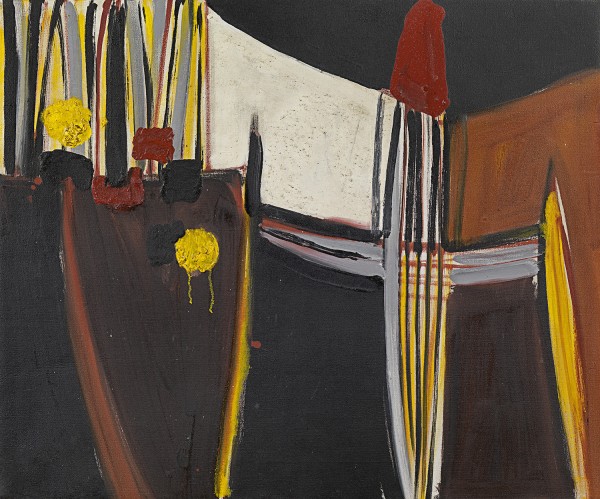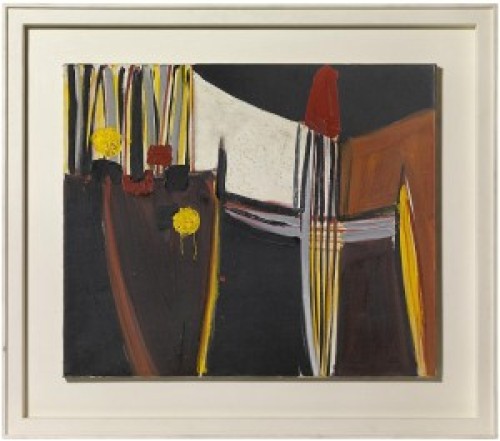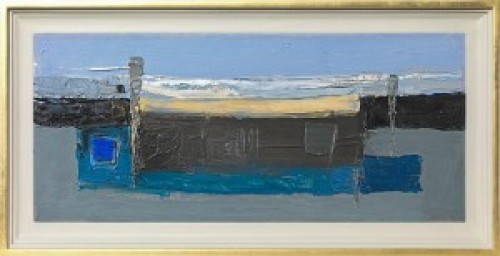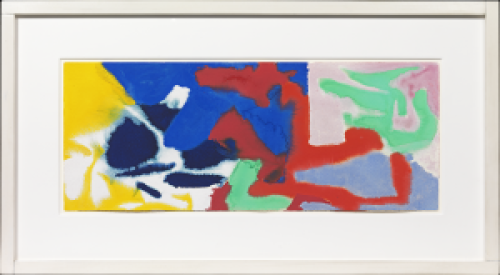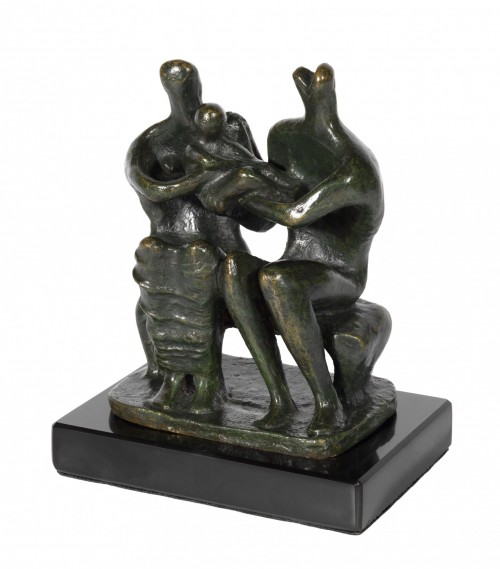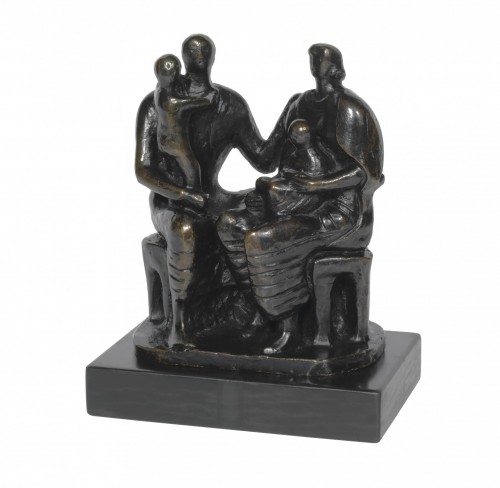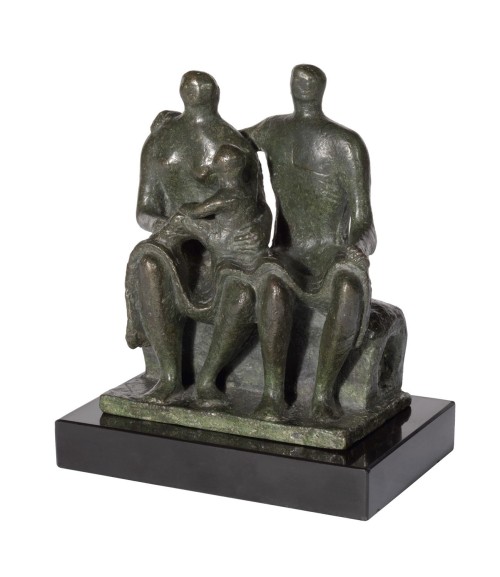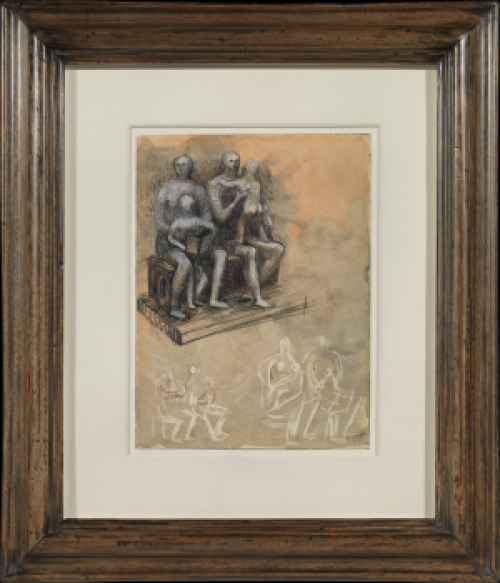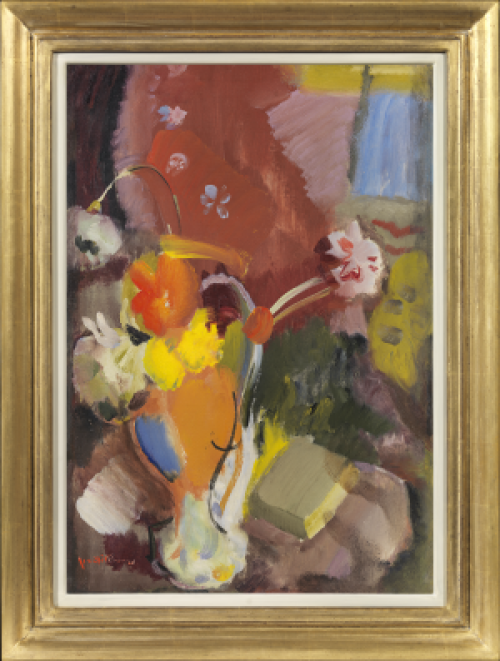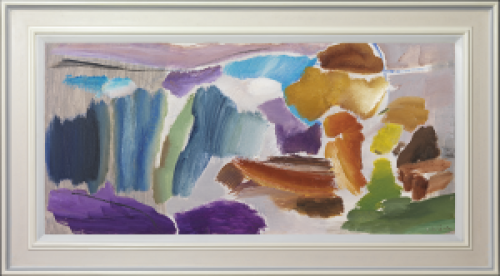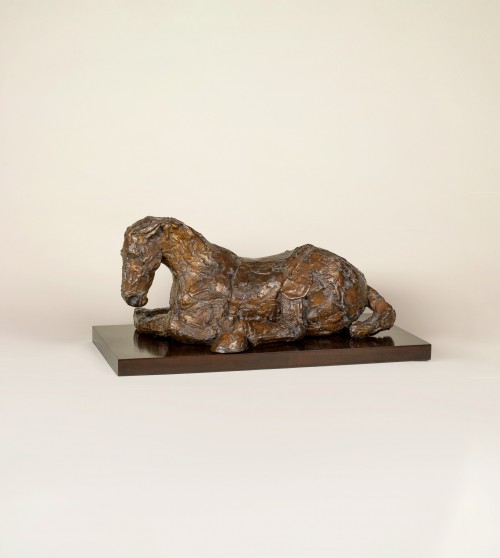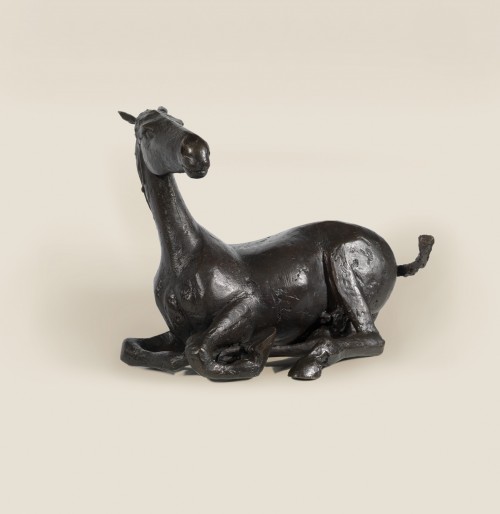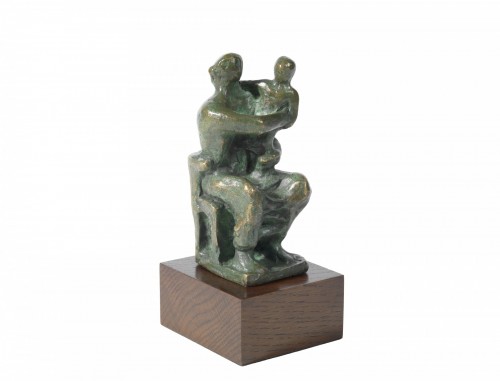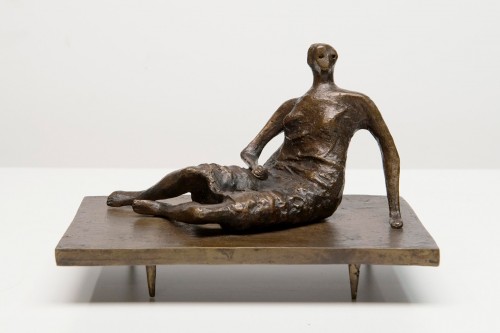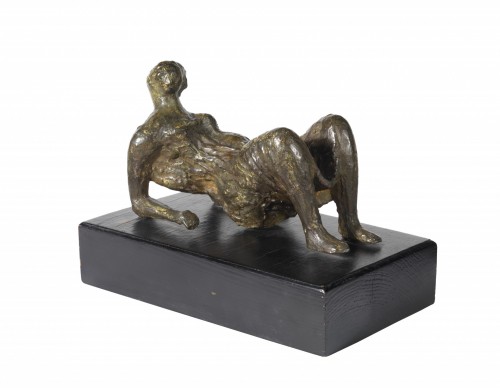SIR TERRY FROST RA
Leamington Spa 1915 - 2003 Cornwall
Ref: CL 3830
Blue, Black Arrow, 1962
Signed, dated and inscribed on the reverse: March May 62 / Black Arrow / Frost
Oil on canvas: 48 x 48 in / 122 x 122 cm
Provenance:
Waddington Galleries, London;
Peter Stuyvesant Foundation Collection, acquired from the above in April 1965
Belgrave Gallery, London
Private collection, UK, acquired from the above in 2001
Exhibited:
Zurich, Galerie Charles Lienhard, Terry Frost, 1963
Raleigh, North Carolina Museum of Art, Young British Painters, 18th October-15th November 1964, as March, May 1962, Black Arrow
Bolton Art Gallery, 1966-7 (on loan)
London, Tate Gallery, Recent British Painting: Peter Stuyvesant Collection, 15th November-22nd December 1967, no.22
Adelaide, Art Gallery of South Australia, Recent British Painting, 1970, cat. no.21
Auckland City Art Gallery, Recent British Painting: Peter Stuyvesant Collection, 15th August-26th September 1971, no.21
London, Gillian Jason Gallery, Terry Frost: paintings 1948-1988, 25th May-1st July 1988, no.11
Literature:
Alan Bowness, Recent British Painting: Peter Stuyvesant Foundation Collection, Lund Humphries, London 1968, p.60, no.22, illus.
Colour was a major concern of Terry Frost’s from the outset of his career and he believed that it should be used as a tool through which emotion can be evoked in painting. In his works throughout the 1960s, his use of colour is pure, inducing a joyful sensory response from the viewer through its abstract form.
In the early-to-mid 1960s, Frost returned from the Midlands to establish a family home with his wife, Kathleen, in Banbury. David Lewis notes that this was a notable ‘period of settled maturity for Terry Frost…an extension of his boundless enthusiasm and creativity’, which was also expressed in his teaching at both Coventry Art College, from 1962, and at Reading University where he later, in 1965, undertook the position of Visiting Lecturer in Fine Art.[1] It was inevitable that this change of environment stimulated a period of experimentation for Frost, as well as new-found motifs. Shortly after having moved to Banbury, Frost developed an interest in heraldic imagery which he associated with a visit to the Tudor mansion, Compton Wynyates. In its chapel, he was struck by the flags carried at the Battle of Edgehill (1642) during the Civil War, which included the chevron shape that would later feature in a number of the artist’s works in a starker, flatter style. This change was in line with contemporary developments in painting in Britain and America, with the emergence of a generation of abstract painters who had consciously adopted the doctrine of flatness advocated by the American critic, Clement Greenberg.
After visiting the first British exhibition of American Abstract Expressionism at the Tate Gallery in 1956, Frost went to America in 1960 (and again later in 1962) and through Greenberg, met some of the leading abstract painters of the day, including Mark Rothko, Barnett Newman and Willem de Kooning. Frost may also have seen and been inspired by the work of Kenneth Noland and Jules Olitski in New York. Noland’s alternative employment of the chevron, for example, later became a recognisable feature within Frost’s oeuvre. The contrast of the strong compositional structure with a freer, more animated application of paint may reflect Frost’s response to his time in the United States: ‘The change of style seems to show Frost wishing to signal his delight in all sorts of visual stimuli … It also marks a move towards a greater commitment to a decorative abstraction, completely detached from any specific literal meaning’.[2]
Throughout the 1960s (1963, 1966, 1969) Frost held one-man shows at the Waddington Galleries in London that poignantly marked the increase in his fame. With each succeeding year his position among Britain’s leading artists was more firmly consolidated and a steady stream of British Council exhibitions in the United States, Europe and Canada meant that international attention was also being brought to his work.
[1] David Lewis, Terry Frost, Lund Humphries, Aldershot 2000, p.101.
[2] Chris Stephens, Terry Frost, St Ives Artists, Tate Publishing, London 2000, p.57.


